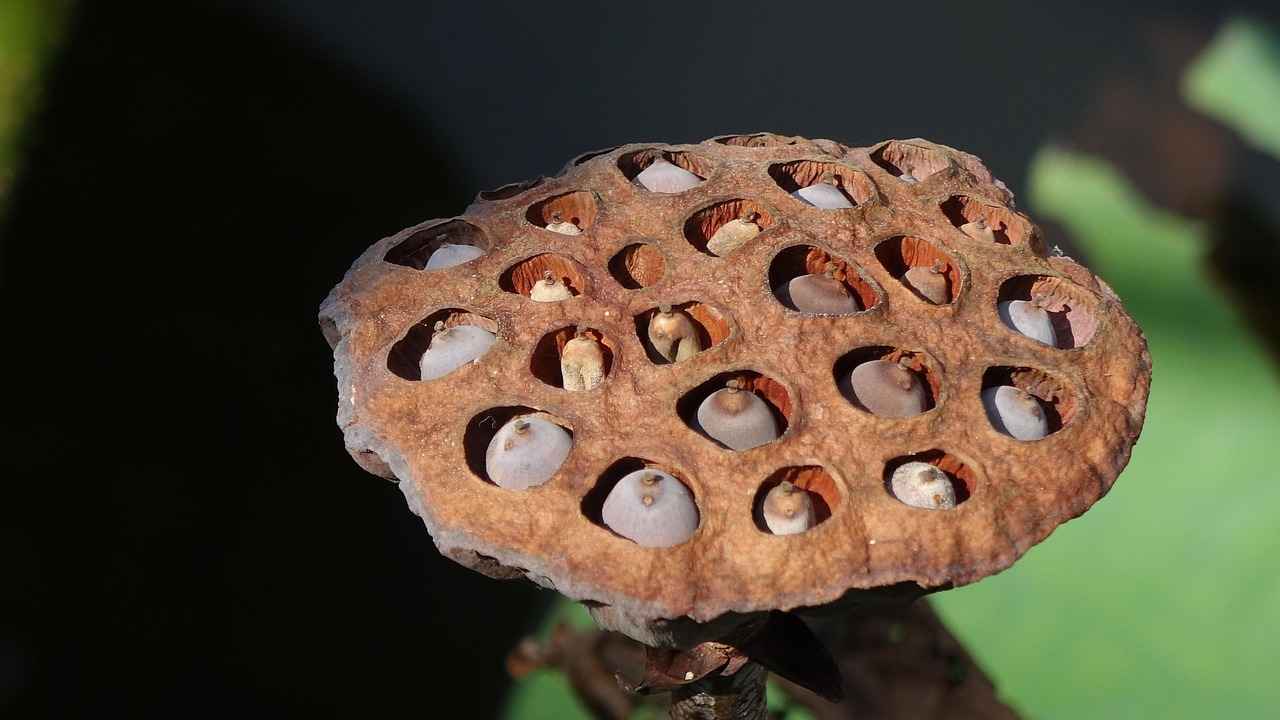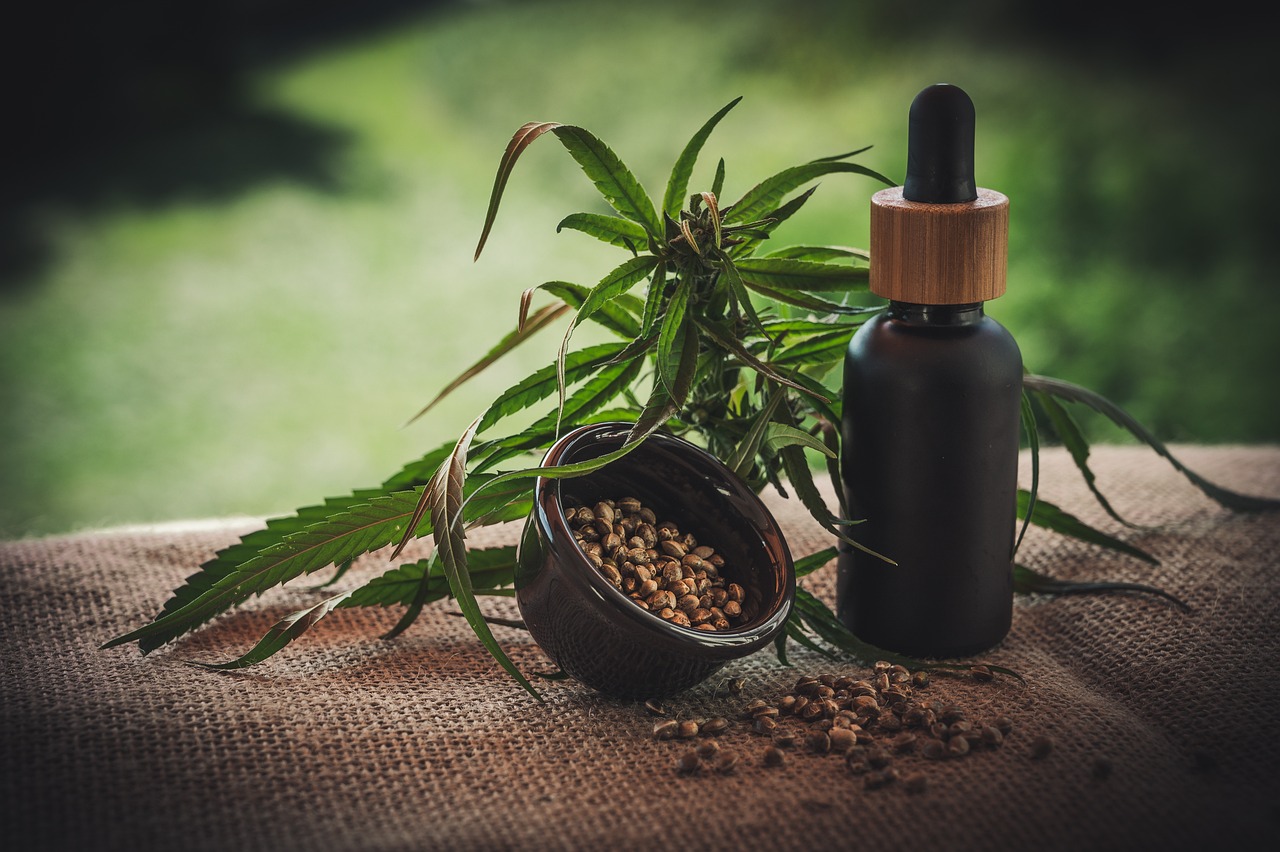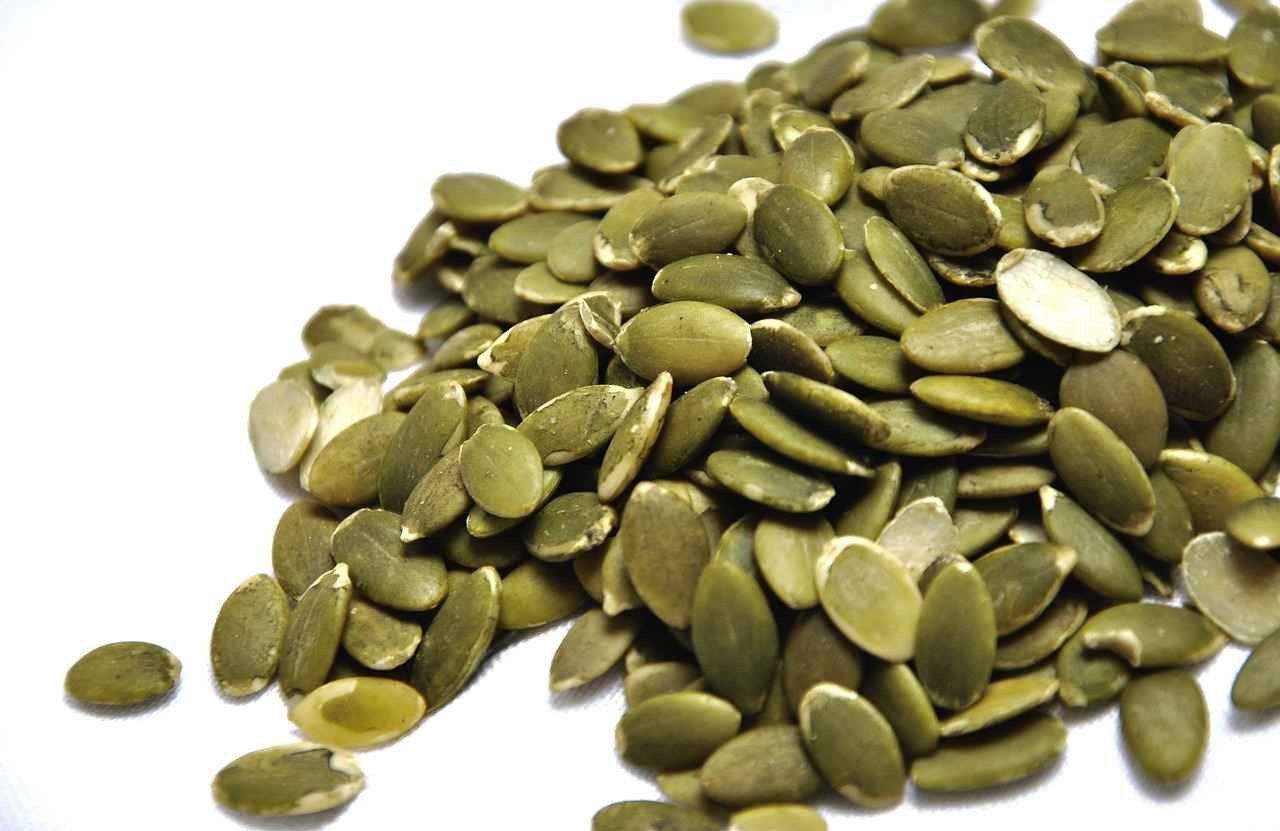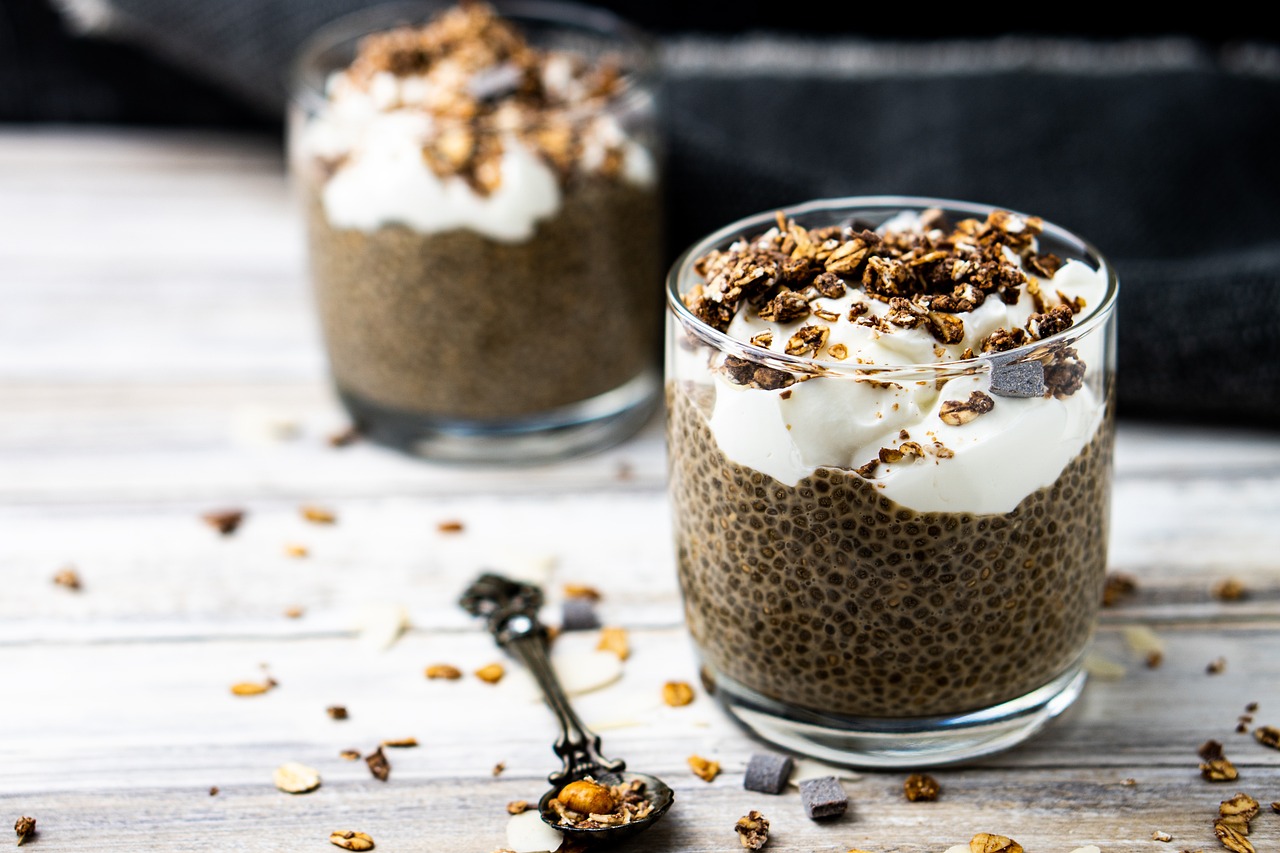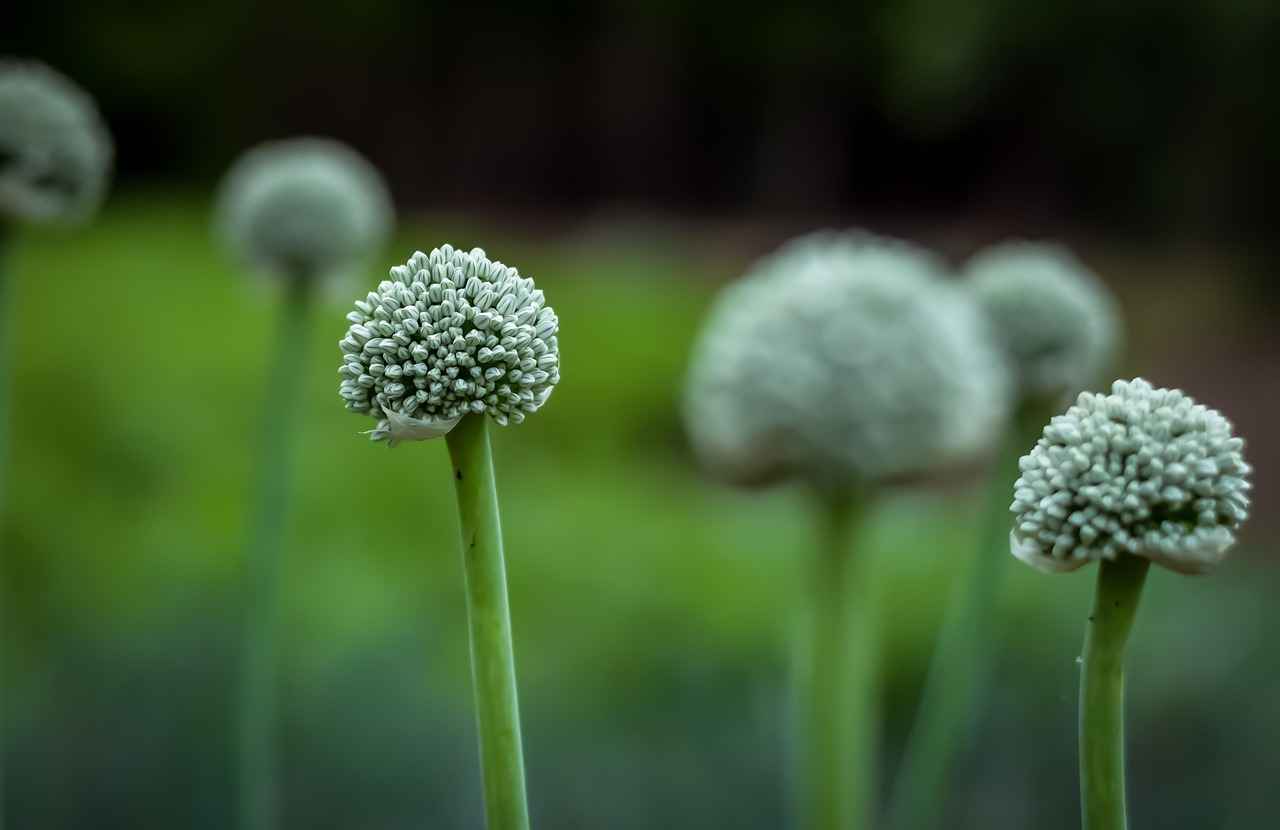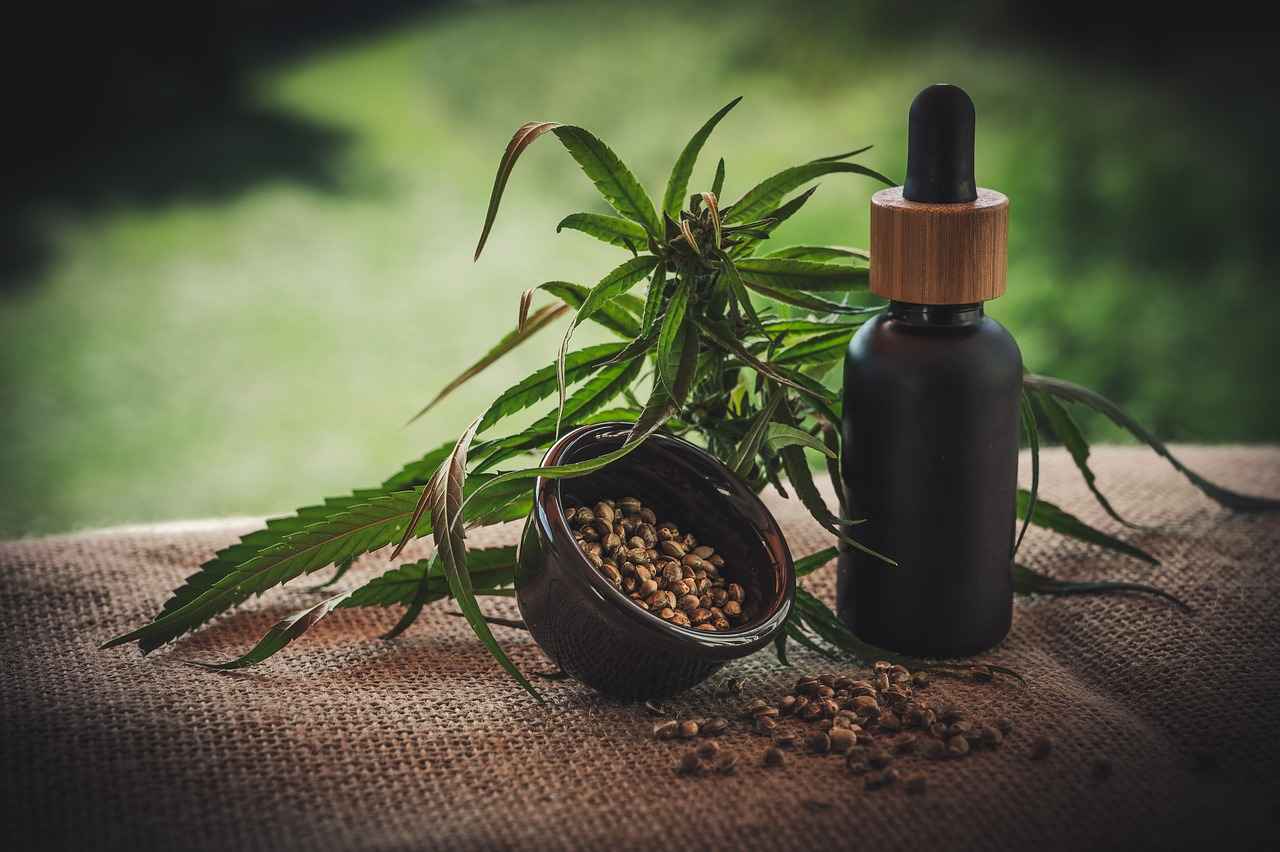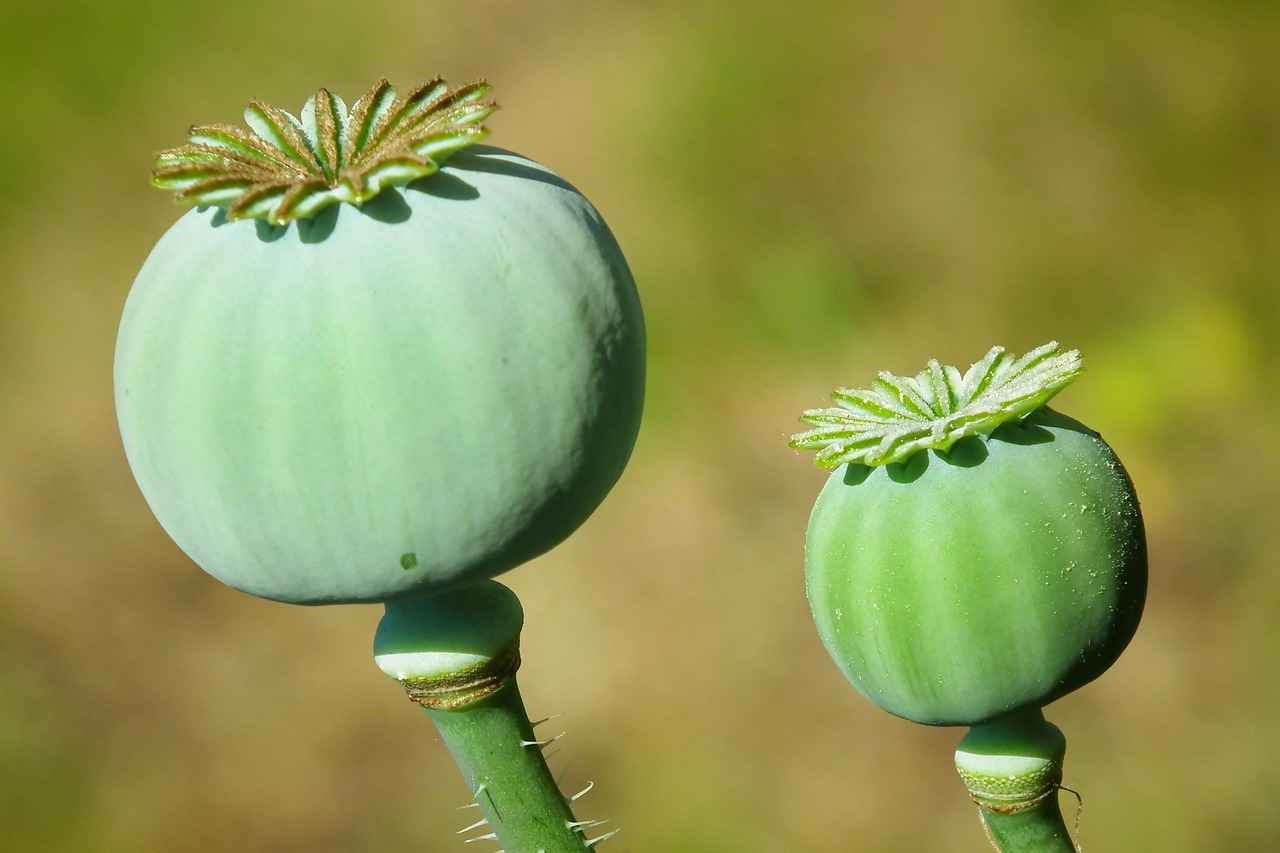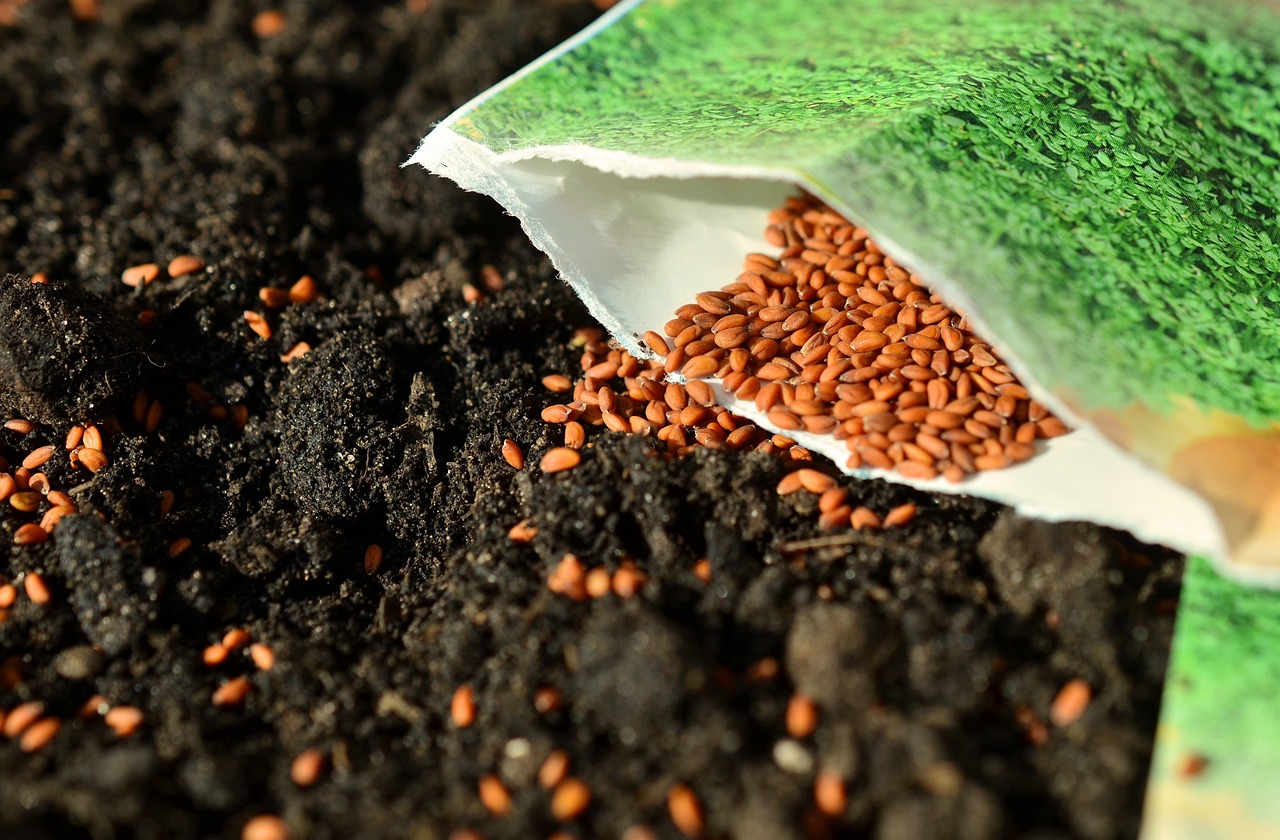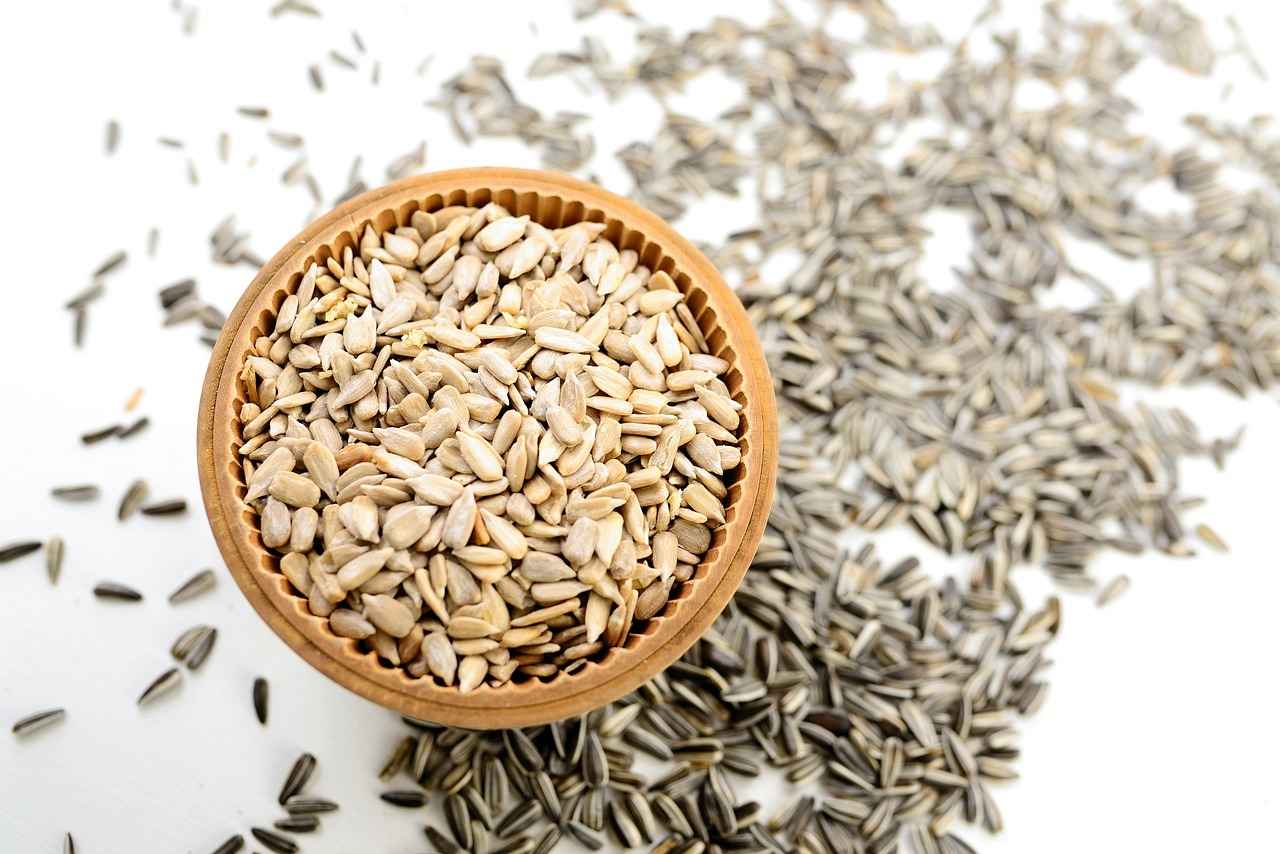This article delves into effective methods for incorporating chia seeds into your diet for weight loss. You’ll find practical tips, nutritional insights, and expert recommendations to maximize your results.
Why Are Chia Seeds Effective for Weight Loss?
Chia seeds are a powerhouse of nutrients that promote feelings of fullness and aid in weight management. Their remarkable fiber content helps control hunger, making them a favored choice for individuals aiming to lose weight.
How to Incorporate Chia Seeds into Your Diet?
Integrating chia seeds into your meals can be both simple and enjoyable. Here are some innovative ways to add these tiny powerhouses to your daily routine:
- Adding Chia Seeds to Smoothies: Smoothies are an excellent medium for incorporating chia seeds. They enhance texture and nutritional value, providing a delicious and filling option for breakfast or snacks.
- Using Chia Seeds in Baking: Baking with chia seeds allows for creative culinary applications. They can replace eggs in recipes, adding moisture and nutrition to baked goods.
- Sprinkling on Salads: A simple sprinkle of chia seeds over salads can boost their nutritional profile without altering flavor.
What Are the Nutritional Benefits of Chia Seeds?
Chia seeds are rich in omega-3 fatty acids, protein, and essential minerals. Understanding their nutritional profile can help you appreciate their role in a weight-loss diet.
- Omega-3 Fatty Acids and Weight Management: Omega-3 fatty acids found in chia seeds can reduce inflammation and support metabolic health, which is crucial for effective weight management.
- Protein Content and Satiety: The protein content in chia seeds contributes to feelings of fullness, helping to curb appetite and reduce overall calorie intake throughout the day.
How to Prepare Chia Seeds for Maximum Benefits?
Proper preparation of chia seeds can enhance their digestibility and nutrient absorption. Here are some methods to prepare them effectively:
- Soaking Chia Seeds: Soaking chia seeds before consumption allows them to expand, creating a gel-like texture that aids in digestion and improves hydration.
- Making Chia Seed Gel: Chia seed gel can be used as a thickening agent in recipes, making it a versatile ingredient for smoothies, desserts, and even savory dishes.
What Are the Best Recipes with Chia Seeds for Weight Loss?
Exploring delicious recipes that feature chia seeds can make your weight loss journey enjoyable. Here are some easy and nutritious options to try:
- Chia Seed Pudding: A popular choice for a healthy dessert, chia seed pudding made with milk or yogurt provides a satisfying treat that supports your weight loss goals.
- Chia Seed Energy Bars: Homemade chia seed energy bars serve as a quick snack, packed with nutrients to help maintain energy levels while keeping hunger at bay.
Are There Any Risks or Side Effects of Eating Chia Seeds?
While chia seeds offer numerous health benefits, it’s essential to be aware of potential risks and side effects associated with their consumption:
- Digestive Issues: Some individuals may experience digestive discomfort if they consume too many chia seeds at once. Moderation is key to avoiding bloating and gas.
- Allergic Reactions: Although rare, some people may have allergic reactions to chia seeds. It’s important to monitor your body’s response when trying them for the first time.
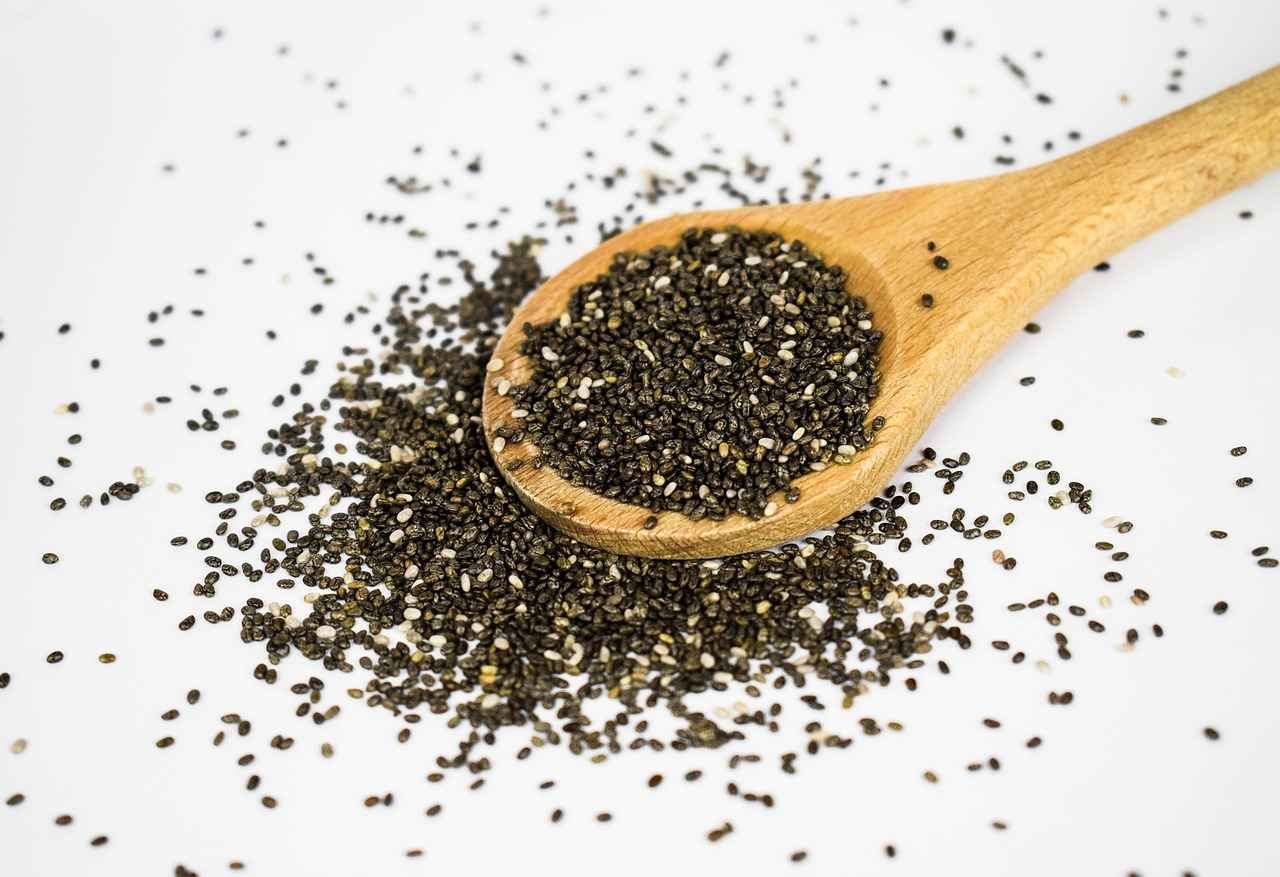
Why Are Chia Seeds Effective for Weight Loss?
Chia seeds have gained significant popularity in recent years, especially among those looking to manage their weight. These tiny seeds are not just a trendy superfood; they are a powerhouse of nutrients that can effectively aid in weight loss. Their unique properties contribute to feelings of fullness, making them an excellent addition to a weight management plan.
One of the primary reasons chia seeds are effective for weight loss is their remarkable fiber content. With approximately 11 grams of fiber per ounce, chia seeds can help you feel satiated for longer periods. This is crucial for those aiming to control their hunger and reduce calorie intake. When chia seeds are consumed, they can absorb up to 12 times their weight in water, expanding in your stomach and creating a gel-like substance that promotes a sense of fullness.
Additionally, chia seeds are rich in omega-3 fatty acids, which play a vital role in reducing inflammation and supporting metabolic health. Inflammation can hinder weight loss efforts, and by incorporating omega-3s into your diet, you can promote better overall health and facilitate weight management. The anti-inflammatory properties of these fatty acids can also help improve your body’s response to exercise, making it easier to stick to a fitness regimen.
Another important aspect of chia seeds is their protein content. Protein is known to enhance satiety and reduce hunger levels. By including chia seeds in your meals, you can increase your protein intake, which can lead to lower overall calorie consumption throughout the day. This combination of fiber and protein makes chia seeds a powerful ally in your weight loss journey.
Furthermore, chia seeds are low in calories, making them a guilt-free addition to various dishes. They can be easily incorporated into smoothies, baked goods, and salads without significantly increasing the overall calorie count. This versatility allows for creative meal planning, ensuring that you can enjoy delicious meals while still working towards your weight loss goals.
To maximize the benefits of chia seeds, it’s essential to understand how to prepare them properly. Soaking chia seeds in water or milk before consumption allows them to expand and become more digestible. This preparation not only enhances their nutrient absorption but also improves hydration, which is crucial for overall health.
In summary, chia seeds are effective for weight loss due to their high fiber and protein content, low calorie count, and beneficial omega-3 fatty acids. By incorporating these tiny seeds into your diet, you can promote feelings of fullness, reduce hunger, and support your weight management efforts. Whether you add them to smoothies, yogurt, or baked goods, chia seeds can be a valuable tool in achieving your health and weight loss goals.
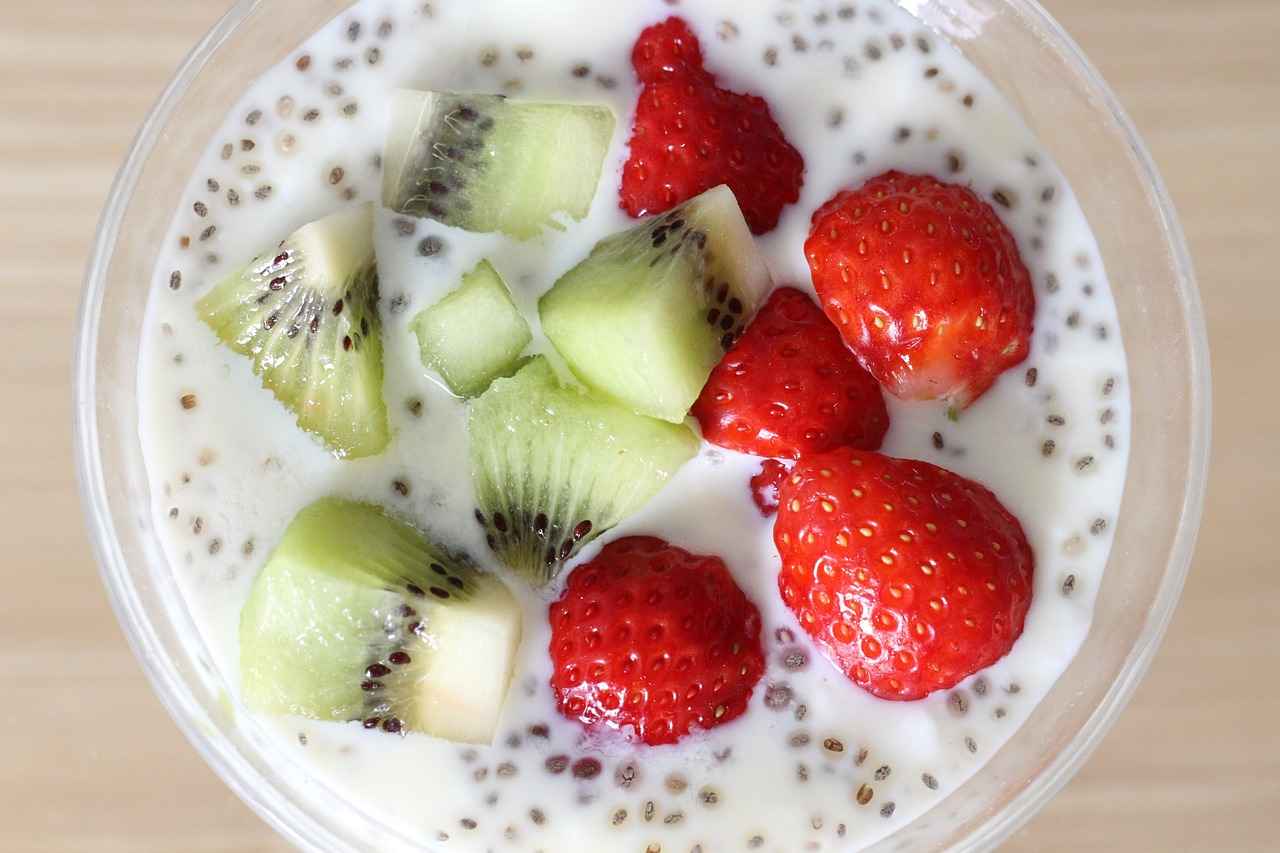
How to Incorporate Chia Seeds into Your Diet?
Integrating chia seeds into your meals can be both simple and enjoyable. These tiny powerhouses are not just a trendy superfood; they are packed with nutrients that can enhance your health and support your weight loss journey. Here are various ways to add chia seeds to your daily routine for optimal health benefits.
Chia seeds are rich in fiber, protein, and omega-3 fatty acids, making them an excellent addition to any diet. Their high fiber content helps to promote feelings of fullness, which can reduce overall calorie intake. Additionally, the omega-3s in chia seeds support heart health and reduce inflammation.
- Smoothies: Adding chia seeds to your smoothies is an easy way to boost their nutritional value. They not only enhance the texture but also provide a satisfying element that keeps you full longer.
- Breakfast Bowls: Sprinkle chia seeds on top of your breakfast bowls, such as oatmeal or yogurt. This adds a crunchy texture and an extra dose of nutrients.
- Baking: Chia seeds can replace eggs in baking recipes, making them a perfect ingredient for vegan dishes. They add moisture and nutrition to muffins, pancakes, and bread.
- Salads: Tossing chia seeds into salads is a great way to add a bit of crunch. They can absorb liquid and create a gel-like texture, enhancing the overall experience.
To get the most out of chia seeds, proper preparation is key. Soaking them in water or milk before consumption allows them to expand and form a gel-like consistency, which can aid in digestion and hydration.
Here are a couple of easy recipes to help you incorporate chia seeds into your meals:
- Chia Seed Pudding: Combine 1/4 cup of chia seeds with 1 cup of almond milk and let it sit overnight. In the morning, add your favorite fruits and nuts for a nutritious breakfast.
- Chia Seed Energy Bars: Mix 1 cup of oats, 1/2 cup of nut butter, and 1/4 cup of honey with 1/4 cup of chia seeds. Press into a baking dish and refrigerate until firm. Cut into bars for a convenient snack.
Chia seeds are not only versatile but also incredibly nutritious. They provide a healthy dose of omega-3 fatty acids, which are essential for heart health. Additionally, their high protein content can help curb hunger and support muscle maintenance.
While chia seeds are generally safe for most people, it is important to consume them in moderation. Overconsumption can lead to digestive discomfort, including bloating and gas. It’s advisable to start with a small amount and gradually increase your intake.
In summary, incorporating chia seeds into your diet can be both simple and rewarding. With their numerous health benefits and versatility in cooking, they can easily become a staple in your meals. From smoothies to baking, there are countless ways to enjoy these nutrient-dense seeds.
Adding Chia Seeds to Smoothies
Adding chia seeds to smoothies is a fantastic way to enhance both the flavor and nutritional profile of your drink. These tiny seeds, known for their remarkable health benefits, can transform a simple smoothie into a nutrient-dense powerhouse. Not only do they provide a boost of fiber, protein, and omega-3 fatty acids, but they also contribute to a satisfying texture that can keep you feeling full longer.
Chia seeds are incredibly versatile and can be easily incorporated into various smoothie recipes. Their unique ability to absorb liquid and expand makes them an excellent thickening agent. This gel-like consistency not only enhances the texture of your smoothie but also helps to slow down digestion, promoting a feeling of fullness that can aid in weight management.
To make the most of chia seeds in your smoothies, consider soaking them before blending. Soaking chia seeds in water or your choice of milk for about 15-30 minutes allows them to absorb the liquid and swell, creating a gel-like texture that blends smoothly into your drink. This preparation method not only improves digestibility but also maximizes nutrient absorption.
- Berry Blast Smoothie: Combine mixed berries, banana, yogurt, and soaked chia seeds for a deliciously fruity treat.
- Green Power Smoothie: Blend spinach, avocado, apple, and chia seeds for a nutrient-rich green smoothie.
- Chocolate Chia Delight: Mix cocoa powder, banana, almond milk, and chia seeds for a healthy dessert-like smoothie.
Incorporating chia seeds into your smoothies offers numerous health benefits:
- High in Fiber: Chia seeds are loaded with dietary fiber, which aids digestion and helps regulate blood sugar levels.
- Rich in Omega-3 Fatty Acids: These essential fats are crucial for heart health and can help reduce inflammation.
- Protein Source: The protein content in chia seeds contributes to muscle repair and growth, making them a great addition for those who lead an active lifestyle.
To ensure your chia seed smoothie is both delicious and nutritious, keep these tips in mind:
1. Start with a base: Choose a liquid such as water, almond milk, or coconut water.2. Add fruits: Fresh or frozen fruits work well. Bananas, berries, and mangoes are popular choices.3. Include greens: Spinach or kale can boost the nutrient content without altering the flavor significantly.4. Sweeten naturally: Use honey, maple syrup, or dates if you prefer a sweeter taste.5. Blend well: Ensure all ingredients are thoroughly blended for a smooth consistency.
In summary, adding chia seeds to your smoothies not only enhances their taste and texture but also provides a wealth of health benefits. By experimenting with different combinations and preparation methods, you can create delicious smoothies that support your weight loss and overall health goals.
Best Smoothie Combinations with Chia Seeds
When it comes to creating a nutrient-dense smoothie, combining chia seeds with a variety of fruits can be a game changer. Not only do these combinations offer a delightful taste, but they also significantly enhance the nutritional profile of your drink. One of the best pairings is with bananas and berries, which together create a smoothie that is both satisfying and packed with health benefits.
Why Choose Bananas and Berries? Bananas are an excellent source of potassium and provide natural sweetness, while berries are rich in antioxidants and vitamins. Together, they create a perfect balance of flavors and nutrients. Adding chia seeds to this mix amplifies the health benefits, as they are loaded with fiber, protein, and omega-3 fatty acids.
Benefits of Adding Chia Seeds to Your Smoothies
- Increased Fiber Intake: Chia seeds are renowned for their high fiber content, which aids in digestion and promotes a feeling of fullness.
- Enhanced Nutritional Value: They boost the overall nutrient density of your smoothie, making it a powerhouse of health.
- Versatile Texture: When soaked, chia seeds form a gel-like consistency, adding thickness to your smoothie without extra calories.
How to Prepare Your Chia Seed Smoothie
1. Start with your favorite fruits: bananas and a mix of berries (strawberries, blueberries, etc.).2. Add a liquid base: use almond milk, coconut water, or yogurt for creaminess.3. Include chia seeds: use about 1-2 tablespoons, preferably soaked in water for 10-15 minutes.4. Blend until smooth and enjoy!
For those looking to experiment, consider adding other ingredients such as spinach for extra greens or a scoop of protein powder for a post-workout boost. The beauty of smoothies lies in their versatility; you can mix and match based on your taste preferences and nutritional needs.
Other Delicious Combinations
- Mango and Spinach: A tropical twist that’s refreshing and invigorating.
- Pineapple and Coconut: A creamy, vacation-inspired smoothie that’s sure to please.
- Peach and Kale: A sweet and earthy blend that packs a nutritional punch.
Incorporating chia seeds into your smoothies is not just a trend but a lifestyle choice that can lead to improved health and weight management. With their numerous benefits and the delightful flavor combinations available, you can create smoothies that are not only tasty but also support your weight loss goals.
How to Prepare Chia Seed Smoothies
Chia seed smoothies are not only delicious but also a fantastic way to incorporate these nutrient-dense seeds into your diet. With their ability to thicken and enhance the nutritional profile of your drink, chia seeds can transform a simple smoothie into a powerhouse of health benefits. Here’s how to prepare them effectively.
- Select Your Base: Start by choosing a liquid base for your smoothie. Popular options include almond milk, coconut water, or Greek yogurt. These options provide a creamy texture and add protein.
- Choose Your Fruits: Incorporate a variety of fruits to enhance flavor and nutrition. Bananas, berries, and mangoes are excellent choices. They not only taste great but also add essential vitamins and antioxidants.
- Incorporate Chia Seeds: Before blending, soak your chia seeds in water or your chosen liquid for about 10-15 minutes. This allows them to expand and develop a gel-like consistency, which can help thicken your smoothie and increase its fiber content.
- Blend and Enjoy: Combine all the ingredients in a blender and blend until smooth. Adjust the consistency by adding more liquid if necessary. Pour into a glass and enjoy your nutritious chia seed smoothie!
Here are some popular smoothie combinations that work well with chia seeds:
| Fruit Combination | Benefits |
|---|---|
| Banana & Spinach | Rich in potassium and iron, great for energy. |
| Mixed Berries | High in antioxidants, supports immune health. |
| Mango & Coconut | Provides hydration and tropical flavor. |
To maximize the health benefits of your chia seed smoothie, consider adding a scoop of protein powder or a handful of leafy greens. This will not only enhance the nutritional profile but also keep you feeling full longer.
Remember, the key to a great chia seed smoothie is balance. Ensure you have a good mix of fruits, healthy fats, and protein to create a satisfying meal or snack. Experiment with different ingredients to find your perfect blend!
Using Chia Seeds in Baking
is not just a trend; it’s a fantastic way to elevate your baked goods while reaping the numerous health benefits these tiny seeds offer. Chia seeds are incredibly versatile and can serve as an excellent substitute for eggs in various recipes, making them a popular choice for vegan and health-conscious bakers alike.
When you incorporate chia seeds into your baking, you not only add moisture but also enhance the nutritional profile of your treats. Rich in fiber, protein, and omega-3 fatty acids, chia seeds contribute to a more balanced diet and can help keep you feeling full longer. This is especially beneficial for those looking to manage their weight or improve their overall health.
One of the simplest ways to use chia seeds in baking is by creating a chia egg. To make a chia egg, mix one tablespoon of chia seeds with three tablespoons of water and let it sit for about 15 minutes until it forms a gel-like consistency. This mixture can replace one egg in most recipes, providing the necessary binding and moisture.
- Chia Seed Muffins: Adding chia seeds to muffin batter not only boosts the fiber content but also gives the muffins a delightful texture. Combine them with whole wheat flour, oats, and your favorite fruits for a nutritious breakfast option.
- Chia Seed Cookies: Incorporate chia seeds into cookie dough for a healthful twist. They can replace some of the flour or sugar, adding crunch and nutrition without sacrificing taste.
- Chia Seed Bread: When baking bread, chia seeds can be mixed into the dough or used as a topping. They add a nutty flavor and improve the bread’s nutritional value.
Another creative way to utilize chia seeds is by adding them to pancake or waffle batter. Simply stir in a couple of tablespoons of chia seeds to your usual recipe, and enjoy a delicious breakfast that packs a nutritional punch. The seeds will absorb moisture during cooking, resulting in fluffy and satisfying pancakes.
For those interested in gluten-free options, chia seeds can be an excellent addition to gluten-free baking. They help improve the texture and moisture content of gluten-free flours, making your baked goods more enjoyable. Consider blending chia seeds with almond flour or coconut flour for a tasty and healthy alternative.
Finally, don’t forget about the potential for chia seeds in desserts. They can be incorporated into brownies, cakes, or even puddings, enhancing both flavor and nutrition. The versatility of chia seeds means that they can easily fit into any baking endeavor, allowing you to create delicious treats that are also good for you.
In conclusion, using chia seeds in baking is a fantastic way to enjoy their health benefits while creating delicious and nutritious meals. Whether you are looking to replace eggs, add moisture, or simply boost the nutritional content of your baked goods, chia seeds are a remarkable ingredient to consider. With so many ways to incorporate them into your recipes, you’ll find that baking with chia seeds is both easy and rewarding.
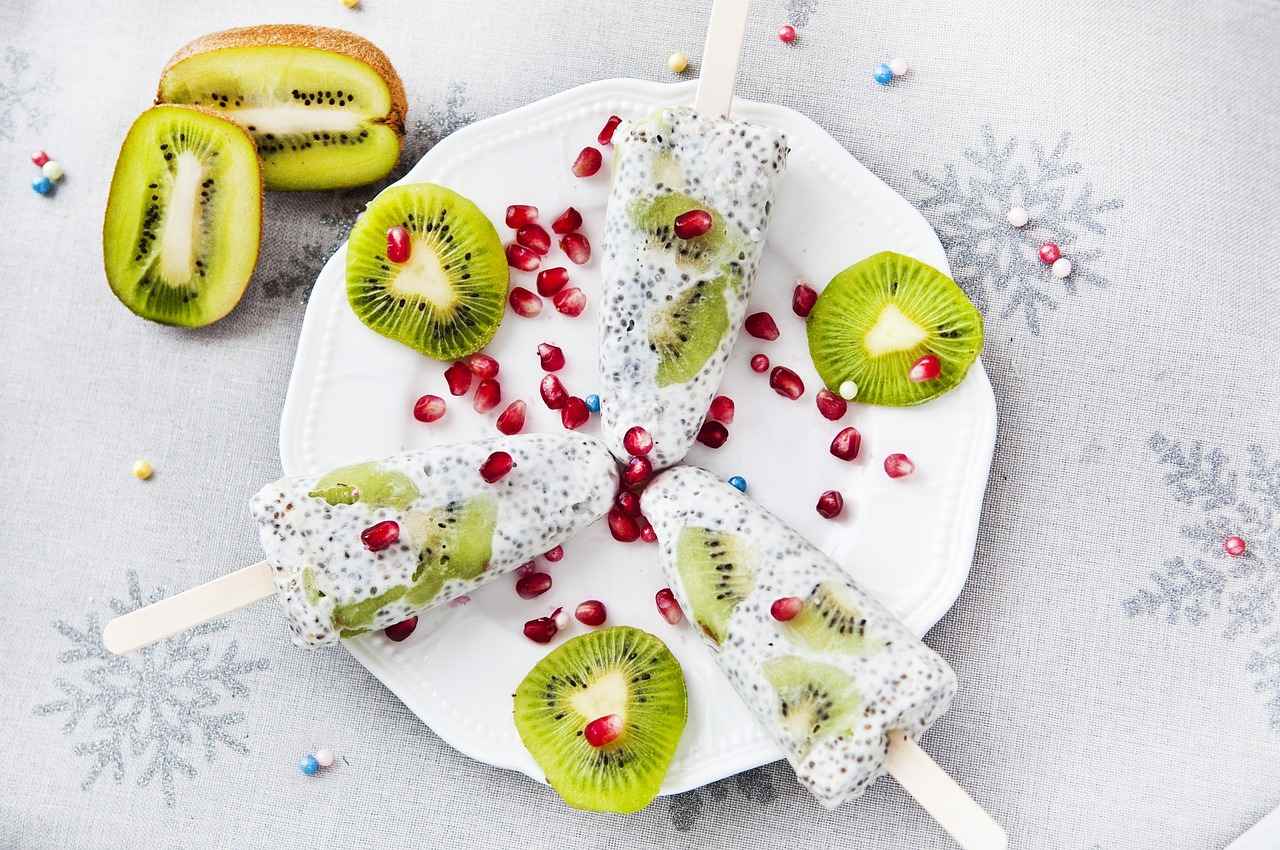
What Are the Nutritional Benefits of Chia Seeds?
Chia seeds have gained immense popularity in health and wellness circles, and for good reason. These tiny seeds are not only versatile but also packed with vital nutrients that can significantly contribute to a balanced diet. Understanding what makes chia seeds nutritionally beneficial is essential for anyone looking to enhance their overall health, especially for those on a weight-loss journey.
Chia seeds are a powerhouse of nutrition, offering a myriad of health benefits that can support weight loss and overall well-being. Here’s a closer look at their impressive nutritional profile:
- High in Omega-3 Fatty Acids: Chia seeds are one of the richest plant sources of omega-3 fatty acids, specifically alpha-linolenic acid (ALA). These essential fats play a crucial role in reducing inflammation and promoting heart health, which is vital for effective weight management.
- Excellent Source of Protein: With about 4 grams of protein per ounce, chia seeds provide a substantial protein boost. Protein is known for its ability to enhance satiety, helping you feel fuller for longer and reducing the likelihood of overeating.
- Rich in Dietary Fiber: Chia seeds contain approximately 11 grams of fiber per ounce. This high fiber content aids digestion and helps regulate blood sugar levels, which can be particularly beneficial for those seeking to lose weight.
- Essential Minerals: Chia seeds are loaded with essential minerals such as calcium, magnesium, and phosphorus. These minerals support bone health and metabolic functions, contributing to overall wellness.
The combination of protein and fiber in chia seeds is a powerful ally in weight management. When consumed, chia seeds absorb water and expand in your stomach, creating a gel-like consistency. This process not only slows down digestion but also promotes a feeling of fullness, helping to curb cravings and reduce calorie intake throughout the day.
Incorporating chia seeds into your diet can be a strategic move for weight loss. Their nutrient density means you can enjoy a small serving while reaping significant health benefits. Additionally, the omega-3 fatty acids found in chia seeds support metabolic health, which can further enhance weight loss efforts.
To fully harness the benefits of chia seeds, consider the following preparation methods:
- Soaking: Soaking chia seeds in water or milk for at least 20 minutes before consumption allows them to expand and become easier to digest. This preparation method not only enhances their texture but also boosts nutrient absorption.
- Adding to Meals: Chia seeds can be easily incorporated into various dishes, such as smoothies, yogurt, or oatmeal. Their mild flavor makes them a versatile ingredient that can enhance both sweet and savory recipes.
- Making Chia Seed Gel: By mixing chia seeds with water and letting them sit, you can create a gel that can be used as a thickening agent in recipes, making it a great addition to sauces and desserts.
In summary, chia seeds offer a wealth of nutritional benefits that can support weight loss and overall health. By understanding their unique properties and how to incorporate them into your diet, you can make informed choices that align with your health goals. Whether you’re adding them to smoothies, baking, or enjoying them as a pudding, chia seeds are a simple yet effective way to boost your nutrition.
Omega-3 Fatty Acids and Weight Management
When it comes to effective weight management, omega-3 fatty acids play a pivotal role. Found abundantly in chia seeds, these essential fats are known for their numerous health benefits. They not only contribute to overall well-being but also support metabolic health, making them a vital addition to any weight loss strategy.
Omega-3 fatty acids are a type of polyunsaturated fat that our bodies cannot produce on their own, which is why they are considered essential. There are three main types: Ala (alpha-linolenic acid), EPA (eicosapentaenoic acid), and DHA (docosahexaenoic acid). Chia seeds are particularly rich in Ala, which is beneficial for heart health and inflammation reduction.
The incorporation of omega-3 fatty acids into your diet can lead to several key benefits for weight management:
- Reducing Inflammation: Chronic inflammation can hinder weight loss efforts. Omega-3 fatty acids help to reduce inflammation in the body, creating a more favorable environment for weight loss.
- Enhancing Metabolism: These fatty acids can improve metabolic health by regulating insulin sensitivity, which is crucial for maintaining a healthy weight.
- Promoting Satiety: Omega-3s can increase feelings of fullness, reducing overall calorie intake. This is particularly important for those looking to lose weight.
Integrating chia seeds into your daily meals is simple and can significantly boost your omega-3 intake:
- Add to Smoothies: Blend chia seeds into your morning smoothies for a nutrient-dense start to your day.
- Make Chia Pudding: Combine chia seeds with your choice of milk or yogurt and let them soak overnight for a delicious pudding.
- Sprinkle on Salads: Use chia seeds as a topping for salads to enhance texture and nutritional value.
While omega-3 fatty acids offer numerous benefits, it’s essential to consume them in moderation. Overconsumption can lead to digestive issues, such as bloating or gas. Additionally, individuals with certain medical conditions or those on blood-thinning medications should consult a healthcare provider before significantly increasing their omega-3 intake.
Incorporating omega-3 fatty acids from chia seeds into your diet can be a game-changer for weight management. With their ability to reduce inflammation, enhance metabolic health, and promote feelings of fullness, these tiny seeds can support your weight loss journey effectively. By understanding their benefits and finding creative ways to include them in your meals, you can take a significant step toward achieving your health goals.
Protein Content and Satiety
When it comes to weight management, understanding the role of protein in your diet is crucial. One of the standout features of chia seeds is their impressive protein content, which plays a significant role in promoting feelings of fullness. This satiety can be essential for those looking to control their appetite and reduce overall calorie intake throughout the day.
Protein is known to take longer to digest than carbohydrates and fats, leading to a prolonged feeling of fullness. When you consume foods high in protein, such as chia seeds, your body releases hormones that signal to your brain that you are satisfied. This process can help curb unnecessary snacking and reduce the temptation to overeat.
Chia seeds are unique among plant-based foods as they provide a complete source of protein. This means they contain all nine essential amino acids that your body cannot produce on its own. Including these seeds in your diet not only supports muscle maintenance but also enhances your overall protein intake, which is vital for weight loss.
Adding chia seeds to your meals is easy and versatile. Here are some popular ways to include them:
- Smoothies: Blend them into your favorite smoothie for a protein boost.
- Oatmeal: Stir chia seeds into your morning oatmeal for added texture and nutrition.
- Baking: Use chia seeds in baking recipes to enhance the protein content of muffins and breads.
Chia seeds are not only high in protein but also rich in dietary fiber. This combination is particularly effective for weight loss. The fiber in chia seeds expands in your stomach, creating a gel-like substance that increases the feeling of fullness even further. This dual action of protein and fiber makes chia seeds an excellent choice for those looking to manage their weight effectively.
To get the most out of chia seeds, consider the following tips:
- Soak them: Soaking chia seeds in water or milk before consumption can enhance their digestibility and increase their satiety effects.
- Pair with healthy fats: Combine chia seeds with sources of healthy fats, such as avocado or nuts, to further enhance fullness.
- Use as a snack: Create chia seed puddings or energy bars to have on hand for quick, satisfying snacks.
Numerous studies have indicated that higher protein diets can lead to greater feelings of fullness and reduced calorie intake. Research has shown that individuals who consume adequate protein tend to have better appetite control, which is essential for successful weight management. Chia seeds, with their unique nutrient profile, can be a valuable addition to a weight-loss-oriented diet.
In summary, the protein content in chia seeds significantly contributes to feelings of fullness, helping to curb appetite and reduce overall calorie intake throughout the day. By incorporating these tiny powerhouses into your meals, you can enhance your weight loss efforts while enjoying their numerous health benefits.

How to Prepare Chia Seeds for Maximum Benefits?
Chia seeds have gained popularity in recent years due to their numerous health benefits, particularly for those looking to improve their diet and support weight loss. However, proper preparation of chia seeds is crucial to enhance their digestibility and maximize nutrient absorption. Understanding the best methods to prepare chia seeds can transform your meals and provide you with the full spectrum of their health benefits.
When chia seeds are consumed without proper preparation, they may not deliver their full nutritional potential. Chia seeds contain a high amount of soluble fiber, which can absorb water and swell, forming a gel-like consistency. This process not only aids in digestion but also enhances hydration, making it easier for your body to absorb the nutrients.
- Soaking Chia Seeds: Soaking chia seeds in water or any liquid for at least 30 minutes allows them to expand and form a gel. This gel can improve digestion and make the seeds easier to incorporate into various dishes.
- Chia Seed Gel: To create chia seed gel, mix 1 part chia seeds with 6 parts water. Allow the mixture to sit for about 2 hours or overnight in the refrigerator. This gel can be used as a thickening agent in smoothies, soups, and even desserts.
- Incorporating into Recipes: Once prepared, chia seeds can be added to a variety of recipes. They work well in baked goods, smoothies, salads, and even as a topping for yogurt or oatmeal.
Soaked chia seeds can be a versatile ingredient in your diet. Here are some practical ways to use them:
- In Smoothies: Add soaked chia seeds to your smoothie for added thickness and nutritional value. They blend well with fruits and vegetables, enhancing the overall texture.
- In Baking: Use chia seeds as a substitute for eggs in vegan baking. Mix 1 tablespoon of chia seeds with 2.5 tablespoons of water and let it sit until it thickens. This mixture can replace one egg in your recipes.
- In Puddings: Combine soaked chia seeds with milk or plant-based alternatives to create a delicious pudding. Sweeten with honey or maple syrup and add fruits for a healthy dessert.
While chia seeds are generally safe for most people, it’s essential to consume them in moderation. Here are some precautions to consider:
- Hydration: Always ensure that you consume enough liquid when eating chia seeds, especially if they are not soaked. They can absorb a significant amount of water, which may lead to digestive discomfort if not properly hydrated.
- Allergic Reactions: Although rare, some individuals may experience allergic reactions to chia seeds. It’s advisable to start with a small amount to monitor your body’s response.
In conclusion, the proper preparation of chia seeds can significantly enhance their digestibility and nutrient absorption. By soaking them and incorporating them into various meals, you can enjoy their health benefits while supporting your weight loss journey. Experiment with different recipes and find the best ways to include these tiny yet powerful seeds in your diet.
Soaking Chia Seeds: Why It Matters
Soaking chia seeds is an essential step in maximizing their health benefits. When left dry, chia seeds are tiny and hard, but once soaked, they expand significantly, absorbing liquid and forming a gel-like consistency. This transformation not only enhances their digestibility but also offers several other advantages that can positively impact your health.
When chia seeds are soaked, they can absorb up to 12 times their weight in water. This process creates a gel that is rich in soluble fiber, which plays a crucial role in digestive health. The gel-like texture can help slow down the absorption of food in the stomach, leading to a more gradual release of energy and prolonged feelings of fullness.
The gel formed by soaked chia seeds acts as a prebiotic, promoting the growth of healthy gut bacteria. This can enhance gut health, supporting digestion and nutrient absorption. Additionally, the fiber content helps to regulate bowel movements, preventing constipation and promoting overall digestive wellness.
Chia seeds are not just beneficial for digestion; they also play a significant role in hydration. When consumed in their soaked form, they can help maintain fluid balance in the body. The gel-like substance retains water, making it an excellent addition to your diet, especially during hot weather or after exercise.
- Measure: Use a ratio of 1 part chia seeds to 6 parts liquid (water, juice, or milk).
- Mix: Stir the chia seeds into the liquid thoroughly to prevent clumping.
- Rest: Allow the mixture to sit for at least 30 minutes, or overnight in the refrigerator for best results.
The gel created by soaking chia seeds can be used in various recipes, making it a versatile ingredient. It can be added to smoothies, used as a thickening agent in soups, or even incorporated into baked goods. This adaptability allows you to enjoy the benefits of chia seeds in numerous ways, enhancing both flavor and nutrition.
Incorporating soaked chia seeds into your diet is a simple yet effective way to boost your health. By enhancing digestion, improving hydration, and providing a versatile ingredient for various recipes, soaking chia seeds allows you to unlock their full potential. Whether you’re looking to manage your weight or simply improve your overall well-being, these tiny seeds can make a significant difference.
Chia Seed Gel: A Versatile Ingredient
Chia seed gel is an incredibly versatile ingredient that can elevate your culinary creations while providing numerous health benefits. Made by soaking chia seeds in water or another liquid, this gel forms a thick consistency that can be utilized in a variety of dishes. Here, we will explore the multifaceted uses of chia seed gel, its nutritional benefits, and how to incorporate it into your meals seamlessly.
The unique properties of chia seed gel stem from the high fiber content of chia seeds, which can absorb up to 12 times their weight in liquid. This gel-like substance not only adds thickness to recipes but also enhances their nutritional profile. Here are some of the best ways to use chia seed gel:
- Smoothies: Adding chia seed gel to smoothies can create a creamy texture while boosting fiber and omega-3 fatty acids.
- Desserts: Use chia seed gel as a base for puddings or as a thickener in desserts, providing a healthy alternative to traditional thickeners.
- Savory Dishes: Incorporate chia seed gel into sauces or soups to enhance texture and nutritional value without altering the flavor.
Preparing chia seed gel is simple and requires minimal ingredients. Follow these steps:
1. Combine 1 part chia seeds with 3 parts liquid (water, juice, or milk).2. Stir well to prevent clumping.3. Allow the mixture to sit for 15-30 minutes until it thickens.4. Store in the refrigerator for up to a week.
This easy preparation method makes it convenient to keep chia seed gel on hand for various culinary uses.
In addition to its culinary versatility, chia seed gel offers a range of health benefits:
- Rich in Nutrients: Chia seeds are a source of protein, fiber, and essential fatty acids, making the gel a nutrient-dense addition to your diet.
- Supports Digestive Health: The soluble fiber in chia seeds aids in digestion and promotes gut health.
- Enhances Hydration: As chia seeds absorb liquid, they help keep you hydrated, which is beneficial for overall health.
Here are some delicious recipes that incorporate chia seed gel:
- Chia Seed Pudding: Combine chia seed gel with almond milk and your choice of sweetener for a tasty and nutritious dessert.
- Fruit and Yogurt Parfait: Layer chia seed gel with yogurt and fresh fruits for a healthy breakfast or snack.
- Chia Seed Energy Balls: Mix chia seed gel with oats, nut butter, and honey, then roll into balls for a quick energy boost.
In summary, chia seed gel is not only a versatile ingredient that enhances the texture and nutritional value of various dishes but also a powerhouse of health benefits. Incorporating it into your diet can be a simple and enjoyable way to boost your overall wellness. Whether you’re looking to add it to smoothies, desserts, or savory dishes, chia seed gel can be a delightful addition to your culinary repertoire.
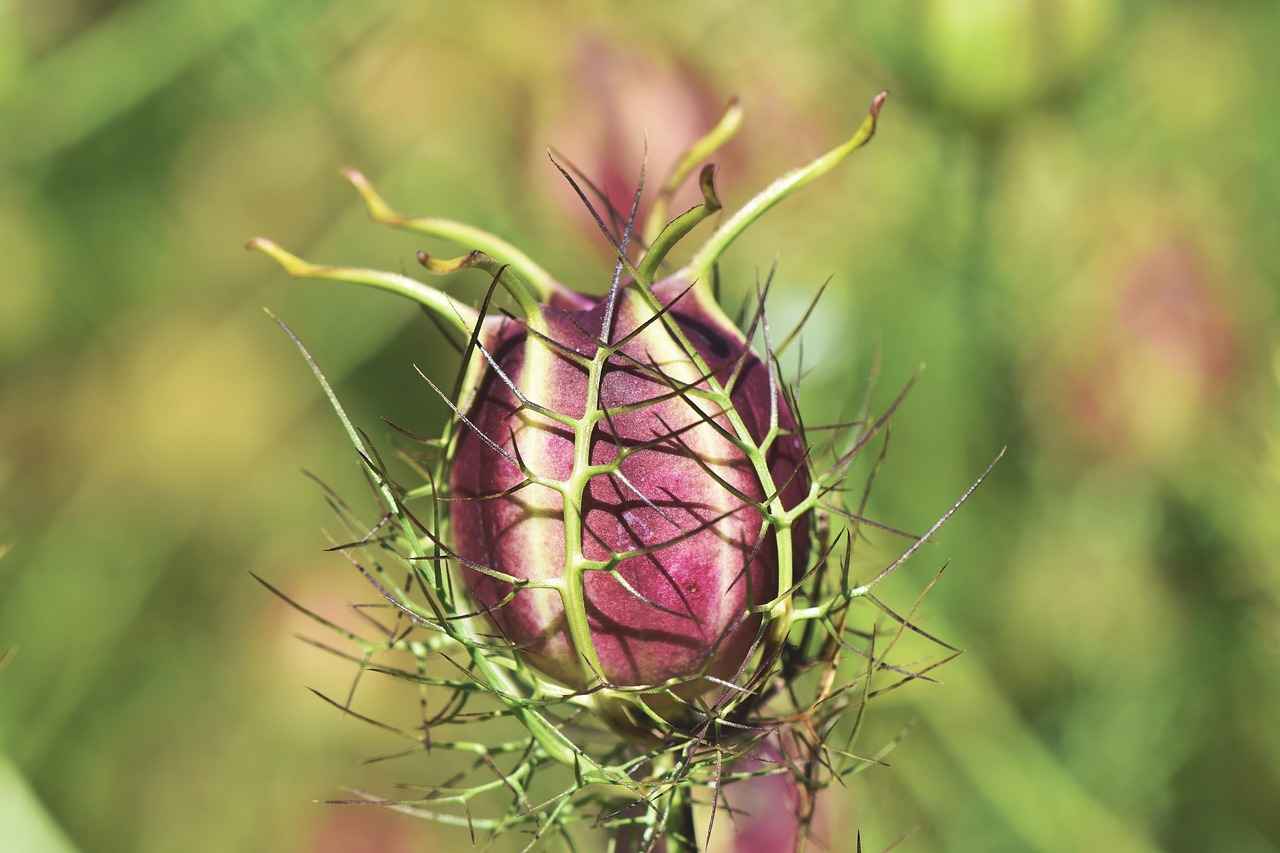
What Are the Best Recipes with Chia Seeds for Weight Loss?
When it comes to weight loss, incorporating chia seeds into your diet can be both nutritious and enjoyable. These tiny seeds are not only rich in fiber and protein but also versatile enough to be used in a variety of recipes. Here are some delicious and easy options that can help you on your weight loss journey.
Chia seed pudding is a fantastic way to indulge your sweet tooth while staying on track with your weight loss goals. To make this delightful treat, combine 2 tablespoons of chia seeds with 1 cup of almond milk or any milk of your choice. Add a touch of honey or maple syrup for sweetness and let the mixture sit in the refrigerator for at least 4 hours or overnight. The result is a creamy, nutrient-packed pudding that can be topped with fruits, nuts, or granola for added flavor and crunch.
Smoothies are an excellent way to start your day, and adding chia seeds can enhance their nutritional profile significantly. Blend your favorite fruits, such as bananas and berries, with a handful of spinach, a scoop of protein powder, and a tablespoon of chia seeds. The seeds will not only thicken your smoothie but also provide a boost of fiber, keeping you full until lunchtime.
Making homemade chia seed energy bars is a great way to have a healthy snack on hand. Combine 1 cup of oats, 1/4 cup of nut butter, 1/4 cup of honey, and 1/4 cup of chia seeds in a bowl. Mix thoroughly and press the mixture into a lined baking dish. After refrigerating for a few hours, cut into bars. These energy bars are packed with nutrients and make for a convenient snack that helps curb hunger.
Why not try making your own chia seed jam? Simply mash 2 cups of fresh or frozen fruit in a saucepan, add 2 tablespoons of chia seeds, and a bit of sweetener if desired. Cook on low heat until the mixture thickens, then let it cool. This jam can be spread on whole-grain toast or used as a topping for yogurt, providing a delicious and low-calorie alternative to store-bought jams.
Transform your salads with a homemade chia seed dressing. Whisk together 1/4 cup of olive oil, 2 tablespoons of apple cider vinegar, 1 tablespoon of chia seeds, and your choice of herbs and spices. Let it sit for a few minutes to allow the chia seeds to expand. This dressing is not only flavorful but also adds an extra dose of nutrition to your salads.
For a wholesome twist on breakfast, try chia seed pancakes. Mix 1 cup of whole wheat flour, 1 tablespoon of baking powder, 2 tablespoons of chia seeds, and 1 cup of milk. Cook on a griddle until golden brown. These pancakes are filling and can be topped with fresh fruit or a drizzle of honey for a tasty meal.
Incorporating these delicious recipes into your diet can help you enjoy the numerous benefits of chia seeds while supporting your weight loss goals. With their versatility and nutrient density, chia seeds are a valuable addition to any meal plan.
Chia Seed Pudding: A Healthy Dessert
Chia seed pudding has rapidly gained popularity as a healthy dessert option, particularly among those seeking to maintain or lose weight. This delightful treat is not only easy to prepare but also offers a myriad of health benefits.
Chia seeds are incredibly nutrient-dense, packed with fiber, protein, and healthy fats. This unique nutritional profile makes chia seed pudding an excellent choice for those looking to manage their weight. The high fiber content promotes a feeling of fullness, which can help reduce overall calorie intake.
Making chia seed pudding is a straightforward process. Here’s a simple recipe to get you started:
- Ingredients:
- 1/4 cup chia seeds
- 1 cup milk (dairy or plant-based)
- 1-2 tablespoons sweetener (honey, maple syrup, or agave)
- 1/2 teaspoon vanilla extract (optional)
- Fresh fruits or nuts for topping
Instructions:1. In a bowl, combine chia seeds, milk, sweetener, and vanilla extract.2. Stir well to prevent clumping.3. Let the mixture sit for about 10 minutes, then stir again.4. Cover and refrigerate for at least 2 hours or overnight.5. Serve chilled, topped with your favorite fruits or nuts.
Unlike many desserts that are high in sugar and calories, chia seed pudding is a nutritious alternative. It can be customized to suit various dietary preferences, making it suitable for vegans, vegetarians, and those with lactose intolerance. Additionally, the pudding can be prepared in advance, making it a convenient option for busy lifestyles.
Yes! The gelatinous texture of chia seeds when soaked in liquid creates a satisfying dish that can help curb cravings. The protein and fiber content work together to keep you feeling full longer, reducing the temptation to snack on less healthy options.
Chia seed pudding is incredibly versatile. Here are a few popular variations:
- Chocolate Chia Pudding: Add cocoa powder and a sweetener for a chocolatey treat.
- Fruit-Infused Pudding: Blend fruits like mango or berries into the milk before mixing with the chia seeds.
- Nut Butter Chia Pudding: Stir in almond or peanut butter for added creaminess and flavor.
Chia seed pudding not only satisfies your sweet tooth but also provides a wealth of nutrients. Each serving is rich in omega-3 fatty acids, which are essential for heart health, as well as antioxidants that combat inflammation.
In summary, chia seed pudding is a delicious and nutritious dessert that supports weight loss goals while offering a satisfying treat. With its ease of preparation and customizable nature, it’s a perfect addition to any healthy diet.
Chia Seed Energy Bars
Chia seed energy bars are a fantastic option for those seeking a quick and nutritious snack. These bars are not only easy to make but also incredibly versatile, allowing you to customize them according to your taste preferences. Rich in nutrients, chia seed energy bars can help you maintain energy levels throughout the day while effectively curbing hunger.
Chia seeds are a powerhouse of nutrition. They are loaded with fiber, protein, and essential fatty acids, making them an ideal ingredient for energy bars. The high fiber content can promote feelings of fullness, which is crucial for weight management. Additionally, the protein in chia seeds helps in muscle recovery and maintenance, making these bars a perfect post-workout snack.
Creating homemade chia seed energy bars is simple and can be done in just a few steps. Here’s a basic recipe to get you started:
- Ingredients:
- 1 cup rolled oats
- 1/2 cup chia seeds
- 1/2 cup nut butter (like almond or peanut butter)
- 1/4 cup honey or maple syrup
- 1/4 cup dried fruits or nuts (optional)
- Instructions:
- In a mixing bowl, combine the oats and chia seeds.
- Add the nut butter and honey (or maple syrup) to the dry ingredients, mixing until well combined.
- If desired, fold in dried fruits or nuts for added flavor and texture.
- Press the mixture into a lined baking dish, ensuring an even layer.
- Refrigerate for at least 2 hours before cutting into bars.
Homemade chia seed energy bars offer several benefits:
- Cost-Effective: Making your own bars is often cheaper than purchasing pre-packaged ones.
- Customizable: You can adjust the ingredients to suit your dietary needs and preferences.
- Freshness: Homemade bars can be made in small batches, ensuring you always have fresh snacks on hand.
To keep your chia seed energy bars fresh, store them in an airtight container in the refrigerator. They can last up to two weeks when stored properly. For longer storage, consider freezing them. Simply wrap each bar individually and place them in a freezer-safe bag.
While chia seed energy bars are great for snacking, they can also serve as a meal replacement when paired with a source of protein, such as yogurt or a protein shake. This combination can provide a balanced meal that fuels your body and keeps you satisfied.
In summary, chia seed energy bars are a nutrient-dense snack option that can help you stay energized and curb hunger. With their numerous health benefits and easy preparation, they are an excellent addition to any diet.
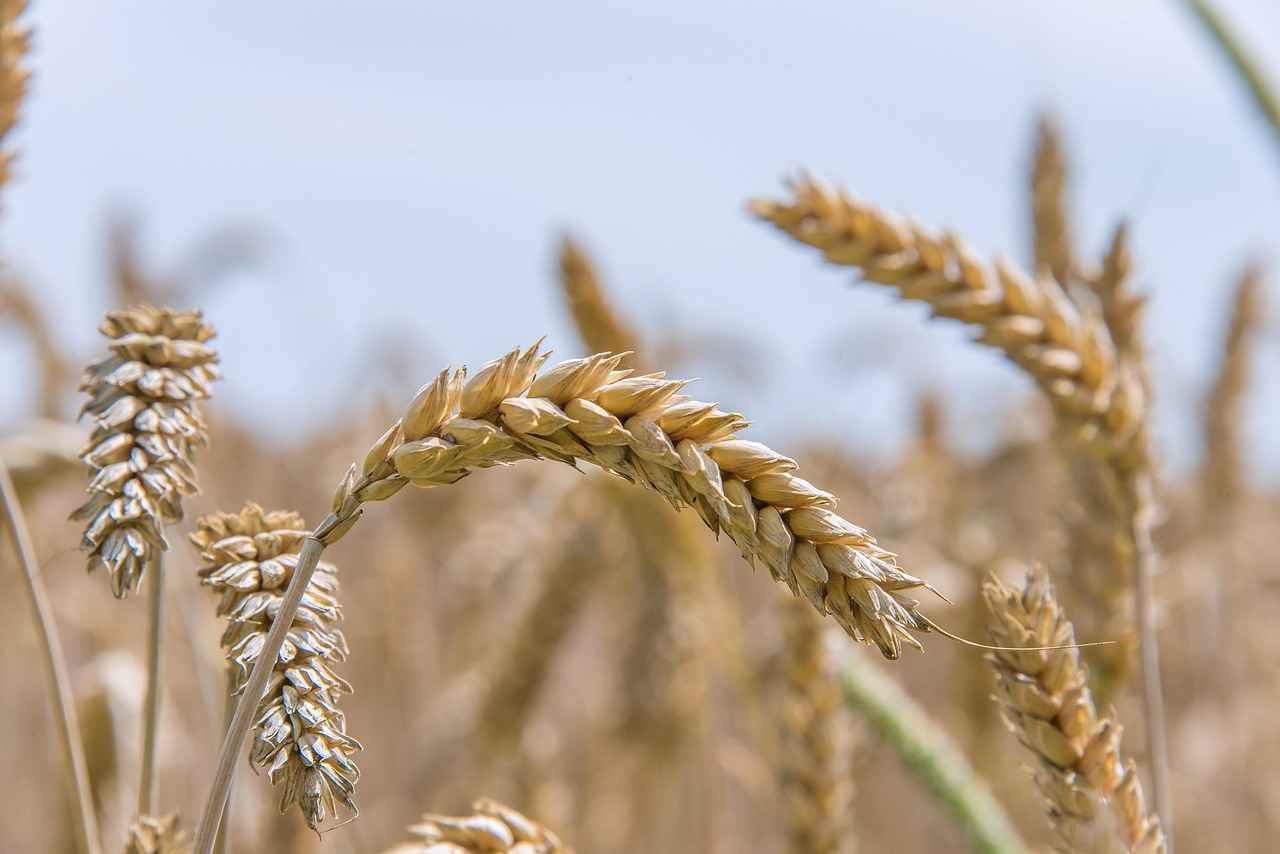
Are There Any Risks or Side Effects of Eating Chia Seeds?
Chia seeds are often hailed as a superfood due to their numerous health benefits, but it is crucial to recognize that they may also pose certain risks and side effects when consumed. Understanding these potential downsides is important for anyone looking to incorporate chia seeds into their diet.
While chia seeds are generally safe for consumption, there are a few risks to consider:
- Digestive Issues: Chia seeds are high in fiber, which can lead to digestive discomfort in some individuals. Consuming too many seeds at once, especially without adequate hydration, may result in bloating, gas, or even constipation. It’s advisable to start with a small amount and gradually increase your intake to allow your digestive system to adjust.
- Allergic Reactions: Although rare, some individuals may experience allergic reactions to chia seeds. Symptoms can include itching, rashes, or gastrointestinal distress. If you are trying chia seeds for the first time, monitor your body’s response closely.
- Interference with Medications: Chia seeds can affect blood sugar levels and may interact with medications for diabetes or blood pressure. If you are on such medications, consult a healthcare professional before adding chia seeds to your diet.
To minimize potential risks while enjoying the benefits of chia seeds, consider the following tips:
- Stay Hydrated: Always consume chia seeds with plenty of water. When soaked, chia seeds expand and form a gel-like consistency, which can aid digestion. Aim for at least 10-12 ounces of water for every 1-2 tablespoons of chia seeds.
- Moderation is Key: Start with a small serving size, such as 1 tablespoon per day, and gradually increase as your body adjusts. This approach can help prevent digestive discomfort.
- Consult a Healthcare Professional: If you have existing health conditions or are taking medications, it’s wise to discuss your chia seed consumption with a healthcare provider.
If you notice any adverse effects after consuming chia seeds, such as severe digestive issues or allergic reactions, it is important to:
- Stop Consumption: Immediately discontinue eating chia seeds and monitor your symptoms.
- Seek Medical Attention: If symptoms persist or worsen, consult a healthcare professional for guidance.
- Keep a Food Diary: Documenting your food intake can help identify whether chia seeds or other foods are causing issues.
In conclusion, while chia seeds can be a nutritious addition to your diet, it is essential to be aware of potential risks and side effects. By taking precautions such as staying hydrated, consuming in moderation, and consulting with a healthcare professional, you can enjoy the benefits of chia seeds while minimizing any adverse effects.
Digestive Issues: What to Watch For
When incorporating chia seeds into your diet, it’s essential to be aware of potential digestive issues that may arise. While these tiny seeds offer numerous health benefits, consuming them in excessive amounts can lead to discomfort.
Chia seeds are rich in fiber, which is beneficial for digestive health; however, too much fiber in a short period can overwhelm the digestive system. Some individuals might experience symptoms such as bloating, gas, and even abdominal cramps when they consume a large quantity of chia seeds at once.
Moderation is crucial when adding chia seeds to your diet. Experts recommend starting with a small amount—about one tablespoon per day—and gradually increasing your intake as your body adjusts. This approach helps minimize the risk of digestive issues.
- Soak Them First: Soaking chia seeds in water or another liquid before consumption allows them to expand and form a gel-like consistency. This process not only enhances their digestibility but also helps in hydration.
- Stay Hydrated: Drinking plenty of water throughout the day can help your digestive system process the added fiber from chia seeds effectively.
- Incorporate Gradually: Introduce chia seeds into your meals gradually to give your digestive system time to adapt.
Being aware of your body’s signals is essential when consuming chia seeds. Some common signs of overconsumption include:
- Abdominal Discomfort: A feeling of fullness or bloating can indicate that you’ve eaten too many chia seeds.
- Gas Production: Excessive gas can be a sign that your body is struggling to break down the fiber.
- Changes in Bowel Movements: An increase in fiber intake can lead to changes in your bowel habits, such as diarrhea or constipation.
While it’s uncommon, some individuals may have allergic reactions to chia seeds. Symptoms can include itching, rash, or gastrointestinal distress. If you suspect an allergy, it’s best to consult a healthcare professional.
If you experience persistent digestive discomfort after consuming chia seeds, it’s advisable to consult with a healthcare professional or a registered dietitian. They can provide personalized advice and help determine if chia seeds are suitable for your diet.
In summary, while chia seeds are a nutritious addition to your diet, being mindful of your intake and understanding how to prepare them can significantly enhance your experience. By following these guidelines, you can enjoy the benefits of chia seeds without the discomfort.
Allergic Reactions to Chia Seeds
Chia seeds have gained significant popularity for their numerous health benefits, particularly in weight management and nutrition. However, as with any food, they can cause adverse reactions in some individuals. One area of concern is allergic reactions to chia seeds. Understanding the potential for these reactions is crucial for anyone considering adding chia seeds to their diet.
Although rare, some individuals may experience allergic reactions to chia seeds. Common symptoms can include:
- Skin Reactions: Hives, rashes, or itching may occur.
- Gastrointestinal Issues: Nausea, vomiting, or diarrhea can manifest shortly after consumption.
- Respiratory Problems: Difficulty breathing, wheezing, or nasal congestion may arise in more severe cases.
If you experience any of these symptoms after consuming chia seeds, it is essential to seek medical advice promptly.
Chia seeds are generally considered safe for most people. The likelihood of developing an allergy is relatively low compared to other seeds and nuts. This is partly due to their unique protein structure, which may not trigger the immune response associated with allergies. However, individual sensitivities can vary, and it is important to approach new foods with caution.
When trying chia seeds for the first time, it is advisable to start with a small amount. Monitor your body’s response over the next 24 hours. Here are some tips for a safe introduction:
- Start Small: Begin with a teaspoon of chia seeds mixed into a smoothie or yogurt.
- Observe Your Body: Pay attention to any unusual symptoms or discomfort.
- Consult a Healthcare Professional: If you have a history of food allergies, consider discussing with a doctor before trying chia seeds.
If you suspect that you are having an allergic reaction to chia seeds, take the following steps:
- Stop Consumption: Immediately cease eating chia seeds.
- Seek Medical Attention: If symptoms are severe, such as difficulty breathing, call emergency services or go to the nearest hospital.
- Document Your Reaction: Keep a record of what you consumed and the symptoms you experienced to discuss with your healthcare provider.
If you find that chia seeds do not agree with you, there are several alternatives that provide similar health benefits:
- Flaxseeds: High in omega-3 fatty acids and fiber, they can be used in many of the same ways as chia seeds.
- Hemp Seeds: Another nutrient-dense option, hemp seeds are rich in protein and healthy fats.
- Psyllium Husk: This soluble fiber can help with digestion and is often used as a thickening agent.
In conclusion, while chia seeds are a nutritious addition to many diets, it is essential to be aware of the potential for allergic reactions. By introducing them cautiously and being mindful of your body’s responses, you can enjoy their benefits while minimizing risks. Always consult with a healthcare professional if you have concerns about allergies or food sensitivities.
Frequently Asked Questions
- How many chia seeds should I eat daily for weight loss?
For weight loss, a common recommendation is to consume about 1 to 2 tablespoons of chia seeds per day. This amount provides a good balance of fiber and nutrients without overwhelming your digestive system.
- Can I eat chia seeds raw?
Yes, you can eat chia seeds raw, but soaking them first is advised. Soaking helps them expand and makes them easier to digest, enhancing their health benefits.
- Are there any side effects of consuming chia seeds?
While chia seeds are generally safe, consuming too many at once can lead to digestive issues like bloating or gas. It’s best to start with a small amount and see how your body reacts.
- Can chia seeds help with hydration?
Absolutely! When soaked, chia seeds absorb a significant amount of water, which can help keep you hydrated. This gel-like consistency can also aid in digestion.
- What is the best way to add chia seeds to my diet?
You can add chia seeds to smoothies, yogurt, oatmeal, or even baked goods. They blend well into various dishes, making it easy to incorporate them into your meals.
